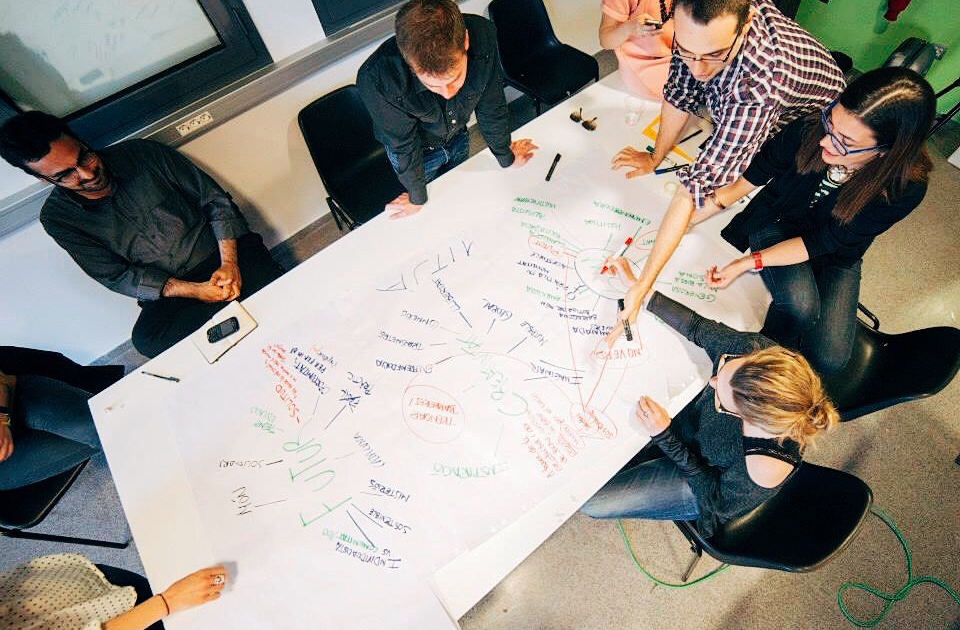So how DO you increase productive work time? Well, in Gordon Model land, we have a variety of skills to choose from: different types of I-Messages, Active Listening and the Method III Problem-Solving process. Specifically, here’s what I am talking about.
Using Dr. Gordon’s Behavior Window, depending on where we are in this window, we decide what skill we’re going to use and when. We’d like to ideally live in the No-Problem Area of this window. So how do we stay in this area? How do we increase this area so we can be as productive as possible?
Try these on for size–these are some skills to use when you’re in this area that can help you stay there:
Well, I declare!
Declarative I-Messages: These are your self-disclosures to others about your beliefs, ideas, likes, dislikes, feelings, reactions, attitudes, intentions.
Examples: 1. “I like the way our staff meeting went today.” 2. “I’m really anxious to learn the new computer program.” 3. “I’m thrilled we finally have an incentive program.”
Skip the praise!
 Appreciative I-Messages: An Appreciative I-Message avoids evaluation or judgment of the other person. It focuses on your feelings and experiences. An Appreciative I-Message conveys positive feelings and/or positive tangible effects that another’s behavior has on you. The appreciation of another’s acceptable behavior is an I-Message form that avoids the risks of evaluative praise or praise that is manipulative or insincere. An Appreciative I-Message should be a natural, spontaneous expression. Such expressions should not be used to manipulate the other person to behave the way you want him/her to behave.
Appreciative I-Messages: An Appreciative I-Message avoids evaluation or judgment of the other person. It focuses on your feelings and experiences. An Appreciative I-Message conveys positive feelings and/or positive tangible effects that another’s behavior has on you. The appreciation of another’s acceptable behavior is an I-Message form that avoids the risks of evaluative praise or praise that is manipulative or insincere. An Appreciative I-Message should be a natural, spontaneous expression. Such expressions should not be used to manipulate the other person to behave the way you want him/her to behave.
Examples: 1. “I really appreciate your arranging that delivery schedule; now I feel reassured that we can meet the deadline.” 2. “I really like the way the newsletter reads—especially, the article about how we can better serve our customers. Thanks for the effort you put into it.” 3. “I appreciated your support of my idea at the meeting. That made it easier for me to explain it.”
Nip it in the bud!
Preventive I-Messages: The Preventive I-Message is a way of preventing conflicts in a relationship. The Preventive I-Message lets those with whom you work know ahead of time what you need and want that requires their support or cooperation. The theory behind the Preventive I-Message is that other people are better able to help you meet your needs if they have a clear picture of what you want.
Examples: 1. “I’d like to set up a time to meet with you to plan what we’re going to do at the conference so I’ll feel prepared and less anxious when we get there.” 2. “I’ll need to take the laptop home tonight so I can finish the work for the presentation tomorrow.” 3. “I’d like to work in my office without being disturbed this afternoon so I can concentrate on my calls to clients.”
Active Listening—it’s not just for problems any more!
The following are appropriate uses of Active Listening when all of the other’s behaviors are in the No Problem, Productive Work Area:
1. When you are unclear, or when others seem unclear, as to the meaning of sender’s message. (“Let me see if I understand what you’re saying…“)
2. When sender doesn’t feel understood. (“It seems to you that…”)
3. When you want to demonstrate your understanding or acceptance to the sender.
4. When you want to link the messages of more than one sender to show the group the relationship between those messages. (“It sounds like you are agreeing with Susan’s idea that we…with the addition that you think we should also…Is that right?“)
5. To break up and help digest a long monologue. (“Before you go any further, let me see if I understand what you’ve said so far. If I hear you correctly, you’re saying…“)
6. When you sense an underlying problem or hidden agenda that may be skewing the other’s contributions.
7. To get to know a new team member better. However, guard against using this powerful tool to invade other’s privacy, and be sure to reciprocate other’s disclosures by being equally disclosing of your self.
8. When interviewing new job applicants. Again, avoid prying. Remember, the purpose of the interview is to achieve a match, not just to gather data you need for a decision, so reciprocate with information applicant needs to know about you and the organization.
9. To ensure that you understand someone else’s instructions or orders to you.
10. When you are recording a group’s decision to verify that you have understood the sense of the group.
Got Method III?
The six steps can be used in various ways in the No Problem Area. A team or work group can use the six steps to get agreement on any number of issues. Among them are: 1. to solve a problem (as opposed to a conflict).
Examples: 1. Getting a new product line developed, tested and to market by a deadline. 2. To set goals and make plans for achieving them. 3. Developing ideas for increasing business and then planning ways to accomplish that goal.
Well, folks that’s it for this months’ June Blog/Graduate Connection! I hope it’s helpful to you!

